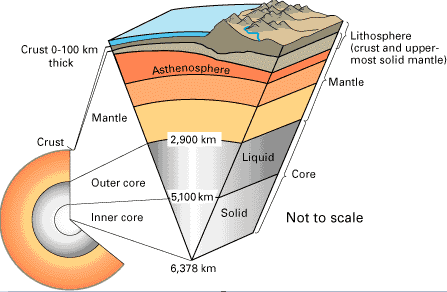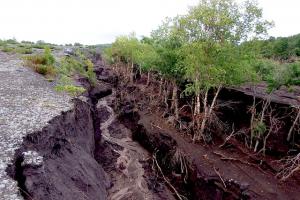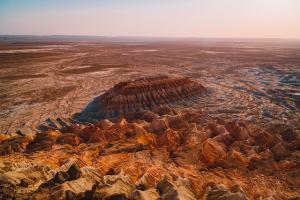Scientific Theories of the Origin of the Earth
There are various scientific theories of origin and evolution of the earth
- Nebular Hypothesis
- Planetesimal Hypothesis
- Gaseous Tidal Hypothesis
- Binary Star Hypothesis
- Gas Dust Cloud Hypothesis
Nabular Hypothesis
- German philosopher, Kant and French mathematician, Laplace
- Earth, planets and sun originated from Nebula.
- Nebula was large cloud of gas and dust. It rotates slowly.
- Gradually it cooled and contracted and its speed increased.
- A gaseous ring was separated from nebula
- Later the ring cooled and took form of a planet
- On repetition of the process all other planets came into being
- The central region, nebula became sun.
Objections:
- Sun should have the greatest angular momentum because of its mass and situated in the center, however, it has only two percent of momentum of the solar system
- How the hot gaseous material condensed in to rings
Planetesimal Hypothesis
- Chamberlin and Moulton proposed the theory in 1904
- The sun existed before the formation of planets
- A star came close to the sun.
- Because of the gravitation pull of the star, small gaseous bodies were separated from the sun
- These bodies on cooing became small planet's
- During rotation the small planets collided and form planets
Objections:
- The angular momentum could not be produced by the passing star.
- The theory failed to explain how the planetesimals had become one planet
Gaseous Tidal Theory
- Jeans and Jeffrey proposed the theory in 1925
- Large star came near the sun. Due to gravitational pull a gaseous tide was raised on the surface of the sun.
- As the star came nearer, the tide increased in size.
- Gaseous tide detached when star move away.
- The shape of the tide was like spindle.
- It broke into pieces-forming nine planets of the solar system







